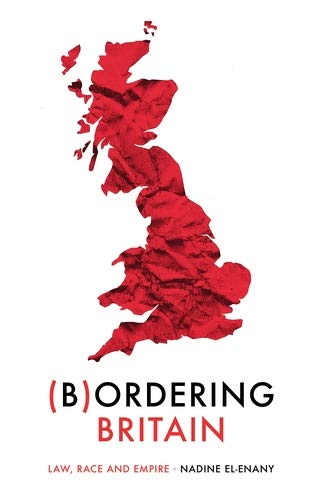J
uno Parreñas’s Decolonizing Extinction is a beautifully written book, in which she uses a case study of orangutan rehabilitation on Borneo to weave together many complex analytic threads: gender, race, and labor; care, violence, and freedom; liberalism and neoliberalism; the geological past, the colonial present, and the prospect of a different future.
I focus here on the thread that caught me most off guard: Parreñas’s proposal that decolonization might require a switch from biopolitics to necropolitics, from making threatened species live to letting them die. The idea that perhaps the most ethical thing we can do for another species is to give them not a precarious future, but a good death.
As Decolonizing Extinction makes all too clear, the consequences to individuals of our attempts to preserve their species can be very, very high: loss of self-determination and the continual threat of forced copulation and murder. From there, Parreñas asks a heartbreaking yet very necessary question: is this level of individual suffering justifiable in the name of conservation? While never bluntly stated, her answer is clearly no. Instead, she suggests that what we need is something analogous to hospice for species, a turn from rehabilitative to palliative care.
I can see the logic and the ethics of that step. But the idea of, if not embracing annihilation, at least ceasing to fight it, is profoundly difficult for me. There is a calculus here that stops me in my tracks: the grief for an individual multiplied by the agony of loss of an entire species stretches towards infinity. And yet as Parreñas notes, “living together also means slowly dying together.” It is not clear that we have another option in the case of orangutans. In the case of hemlock trees, and of so many species of frogs and bats and salmon and bugs, we know we do not. And yet letting them go is hard.
Many, perhaps most of us have been through this process of extended, excruciating loss. We have watched people we love descend into pain and debilitation, slowly reduced from the full and vibrant beings who were so central to our lives. What Parreñas asks of us is to imagine this process for the many species which can no longer live in the eco-social world humans have shaped. To put ourselves in the position not of protection, propagation, and fighting for a better future, but of changing sheets, providing palliative medicines, and offering physical and emotional presence as life ends.
What this looks like in practice will be different for different species. In some cases, it may be essentially identical to hospice care for human beings, as the orangutan documentary “Green” makes so vivid (Rouxel 2009). For other species, the process may be more about forcing ourselves to stop late stage interventions such as salmon hatcheries, which decisively alter fishes’ environments, reproduction, and genetics, and instead embracing something more like Cleo Woelfle Erskine’s confession booth at the Ecological Society of America meeting in 2014, where scientists could privately express their grief at the loss of the species they studied for decades (Woelfle-Erskine 2014). Another path forward might come from the collective landscape art projects associated with dead and dying trees in the “Hospice for Hemlocks” exhibit at the Harvard Forest (Buckley Borden 2017).
The point here, in Parreñas’s words, is to find “a way to live out an ethics of decolonization… that knows all too well the fragility and diversity of all inhabitants on this planet….” So that in making conservation interventions we can be less “enamored with the proliferation of new life and be more concerned with process of dying well.” So that we can “support the living while also actively anticipating their imminent demise.” So that by embracing the mutual vulnerability of care, we can decolonize our role in the multi-species communities of the living and the dying in which we, and orangutans, and salmon, and hemlock trees are so deeply interlinked.




















